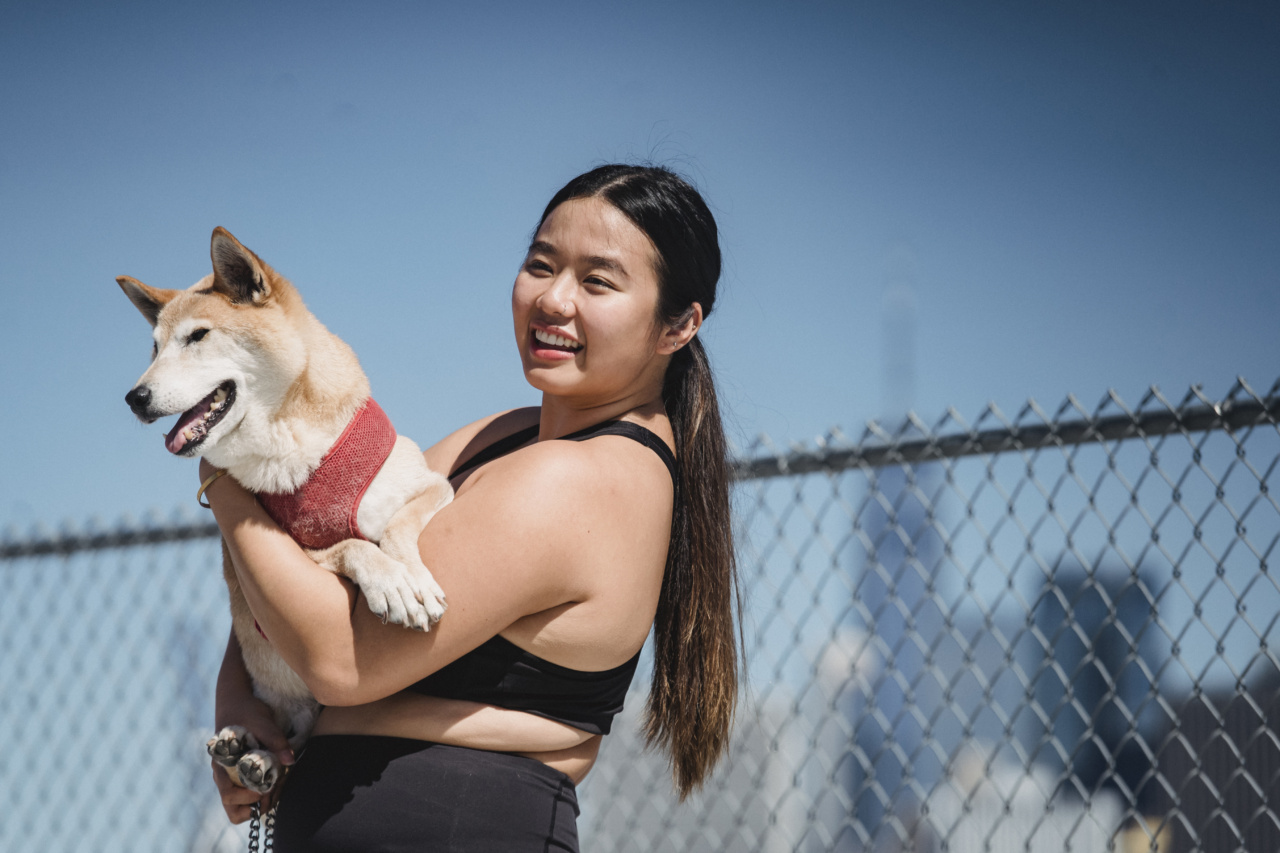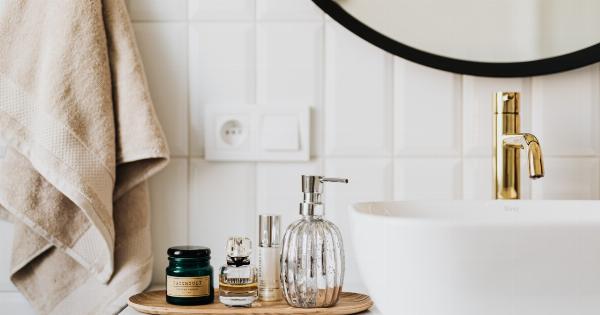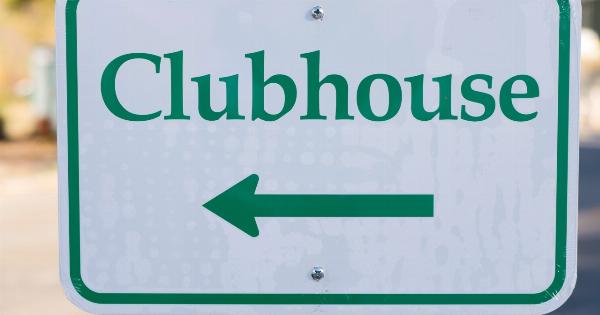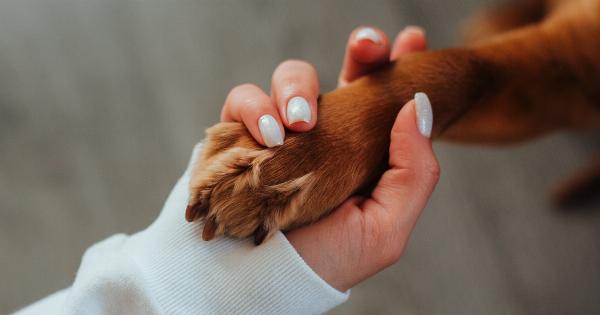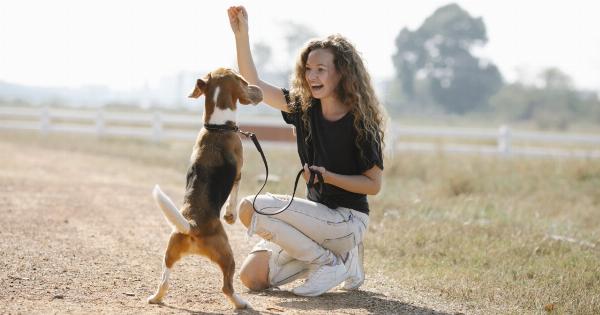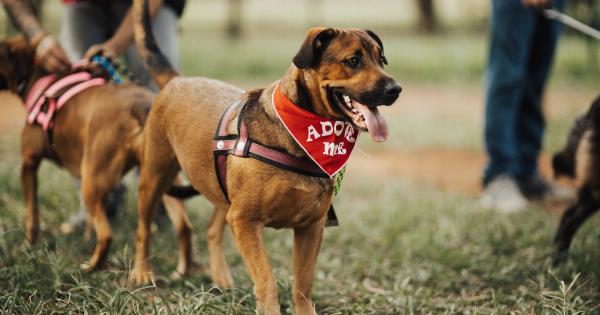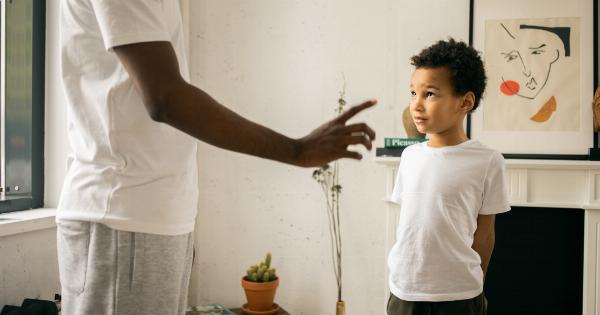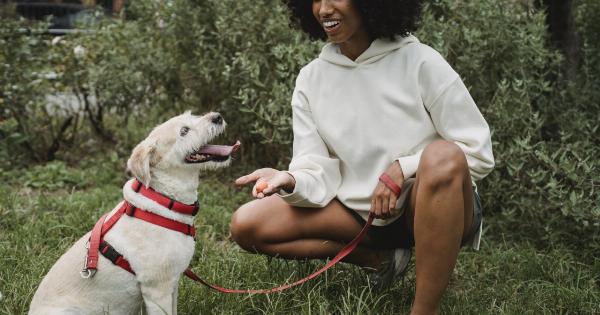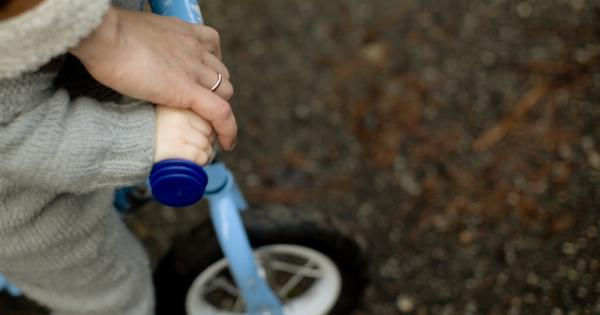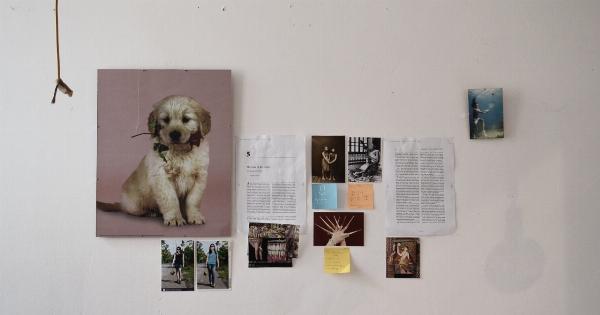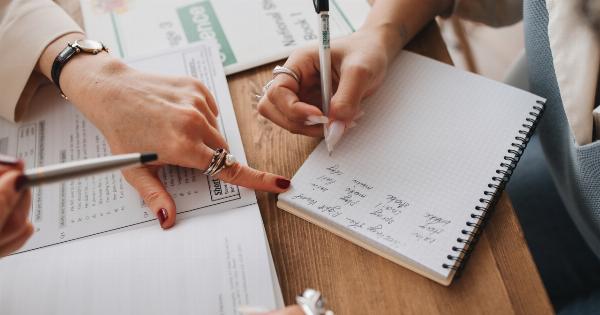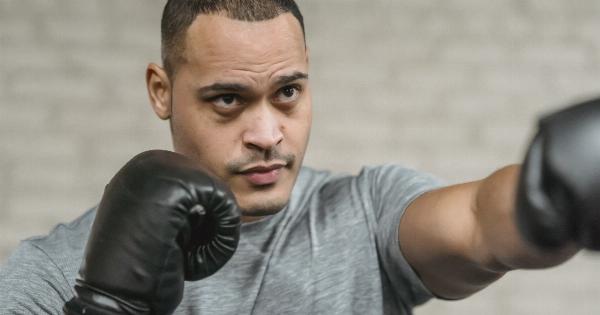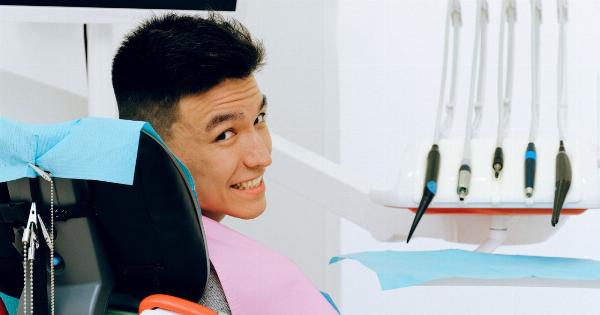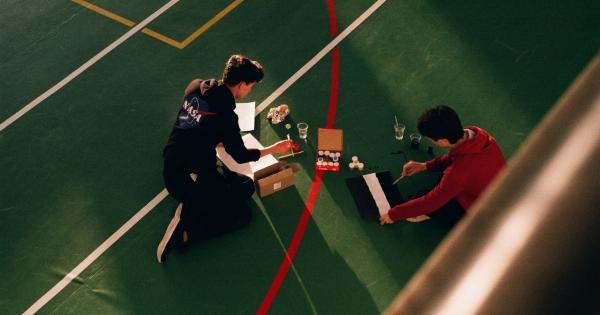Toilet training your puppy is an essential part of their development and your journey as a pet parent.
While it may seem like a daunting task, with the right approach and consistency, you can successfully teach your furry friend to do their business in the appropriate outdoor areas. In this article, we will explore three key strategies that will help you toilet train your puppy effectively.
1. Establish a Routine
One of the first steps in toilet training your puppy is establishing a consistent routine. Dogs thrive on structure and predictability, so by creating a schedule for feeding, water breaks, playtime, and toilet breaks, you set them up for success.
Start by taking your puppy to their designated toilet area within 15-30 minutes after mealtime. Use a consistent command, such as “go potty” or “do your business,” to associate it with the act of elimination.
Encourage your puppy to sniff around and explore the area, as this helps stimulate their natural instincts to relieve themselves.
Regular toilet breaks should also be scheduled throughout the day, especially after waking up from naps, play sessions, or long periods of confinement.
As your puppy becomes accustomed to the routine, their bladder and bowel control will improve, making accidents less likely.
2. Positive Reinforcement
Positive reinforcement is a powerful tool when it comes to toilet training your puppy. Dogs are eager to please, and they respond best to praise and rewards.
When your puppy successfully eliminates in the designated toilet area, offer enthusiastic praise, petting, and even a small treat as a reward. Be sure to deliver the reward immediately after they finish, so they associate it with the desired behavior.
This helps your puppy understand that going to the toilet in the appropriate area is a positive experience.
On the other hand, it is important to avoid punishment or scolding your puppy for accidents that occur indoors. Punishment can create fear and anxiety in your puppy, making the training process more challenging.
Instead, focus on preventing accidents by closely monitoring your puppy’s behavior and supervising them when they are not confined to their designated toilet area.
3. Consistent Confinement and Supervision
Consistent confinement and supervision are crucial elements of successful toilet training.
When you cannot directly supervise your puppy, confining them to a small, safe space such as a crate or a playpen helps prevent accidents and teaches them to hold their bladder and bowels.
When confining your puppy, ensure the space is just large enough for them to stand up, turn around, and lie down comfortably.
Dogs have a natural instinct to keep their living area clean, so they will be motivated to hold their bladder and bowels until they are taken to the designated toilet area.
Supervision is equally important when your puppy is not confined. Keep a close eye on their behavior, especially signs such as sniffing, circling, or restlessness, which may indicate they need to eliminate.
If you notice these signs, quickly take them to the toilet area and reward them for the appropriate behavior.
Conclusion
Toilet training your puppy requires patience, consistency, and positive reinforcement.
By establishing a routine, using positive reinforcement techniques, and providing consistent confinement and supervision, you can successfully train your furry friend to use the appropriate outdoor toileting areas. Remember to be patient and understanding during the process, as accidents are bound to happen. With time and practice, your puppy will become a toilet-trained and well-behaved member of your family.
